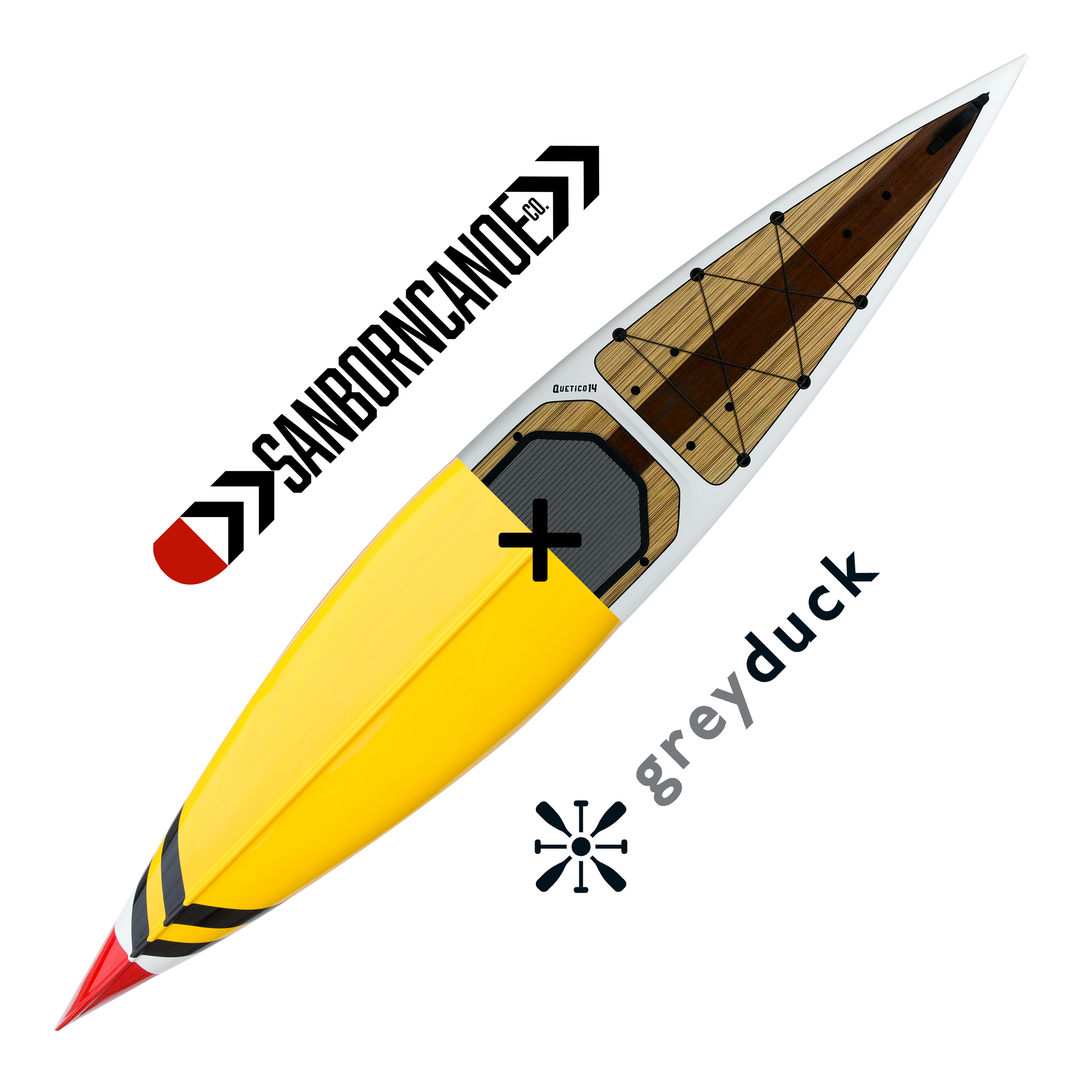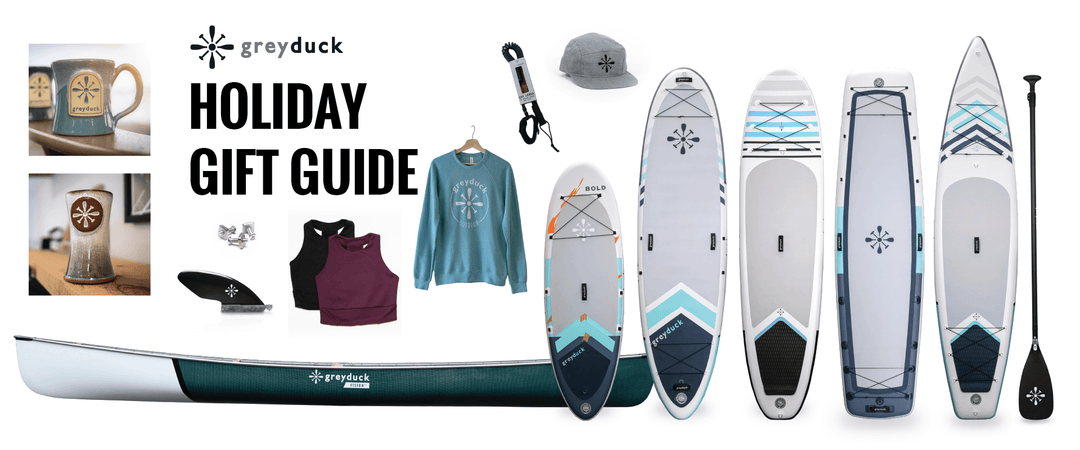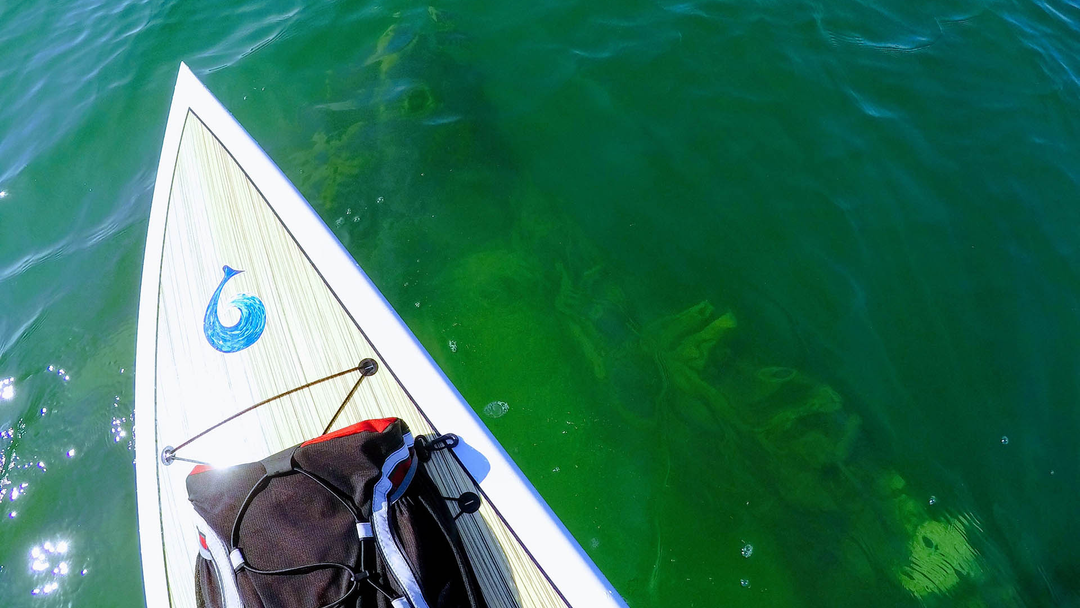How to Size and Hold Your Paddle

Today we are talking paddles! We’re going over how to correctly adjust the length of your paddle and how to hold it.
Most paddles you find will be an adjustable paddle, meaning you can change the height by a handful of notches. This is great if you are sharing a paddle with multiple people. Especially when those paddlers are different heights. Just be aware that when you buy a paddle, there are different sizes. If you are sharing between a person that is 5’ 2” and a person that is 6’ 4” it likely won’t adjust enough to properly fit both of you. It’s a good idea to check out the height range before purchasing a paddle and make sure it works for the primary paddler(s).
There are also fixed height paddles which are great for a person who knows exactly what height they like in a paddle, and are not planning on sharing with other paddlers. They can be a bit lighter because they don’t have the additional adjustable components but for the average paddler, I’d recommend sticking with an adjustable option.
Choosing a Paddle Height
Once you have your paddle, it’s time to adjust it to your height. Get it ready so you can easily slide the adjustable portion of the paddle up and down. Hold the paddle next to your body and rest your dominant hand on the top of the handle. Raise your arm straight up and then give yourself a little bend in the elbow. You don’t want to be over-stretching or have a 90-degree bend in the elbow. The top of the paddle should be about 6” - 12” from the top of your head. Find a comfortable resting spot and lock in your paddle height. You may have to shimmy it up or down a bit to get it to the next available notch. Make sure whichever way you go (up or down) feels comfortable. If you are in between notches, you may want to test out both options and see what works best for you.

How to Hold Your Paddle
Now that your paddle is sized to you, it’s time to talk about how to properly hold the paddle. Hold your paddle out in front of you with straight arms and make sure your hands are wider than your shoulders. If you are paddling on your left side, your right hand will be on top, gripping the handle. If you are paddling on your right side, your left hand will be on top. You will continue to switch your grip as you switch sides.

You will also want to keep your arms fairly straight throughout the majority of your stroke. Many new paddlers have the tendency to bend their arms because that’s how you would paddle in a canoe or kayak. However, if your arms are bent, you won’t get a very powerful stroke and will likely end up working harder to propel yourself forward.


Lastly, the blade of the paddle should always slope away from you. This is the most common mistake that paddlers make because it feels like the blade should be scooping the water. However, this will slow you down by creating more of a drag and make paddling much more difficult. A good check is to hold the paddle upright and make sure the end of the blade is pointing away from you. Keep an eye on the direction of the blade as you practice paddling on both sides and switching your grip.

While it may feel like a lot to remember the first few times you get out on your paddleboard, it will become second nature fairly quickly. Developing good habits and proper form will help make your experience much more enjoyable. At the very least, it will at least keep other paddleboarders from yelling ‘turn your paddle around’!






